For several decades, scientists have gathered evidence that the global warming caused by greenhouse gas emissions is making some types of extreme weather more likely or more intense. It’s a bigger challenge to connect climate change to a particular weather event at a specific time and place. But the science that enables researchers to do just that has advanced over the past 20 years to the point where individual heat spells, storms, floods, droughts and wildfires are now routinely tied to global warming.
1. How do researchers determine whether there’s a connection?
Researchers first classify a weather event as extreme by putting it in the context of observations of the same type of event in the same area, ideally over a long period of history. Weather can be capricious, so just because an event is extreme doesn’t mean humanity’s greenhouse gas pollution played a role. A possible connection is assessed by using computer models to create two virtual worlds. One of them, the so-called counterfactual world, is built by keeping carbon concentrations constant at a level in the past before people began burning fossil fuels. In the other, actual concentrations are plugged in. Then researchers compare the weather event in the two scenarios. This methodology doesn’t determine whether global warming caused the event — but rather whether it made it more likely, more severe or both. One of these three was the determination in 71% of the more than 500 extreme weather events or trends reviewed by researchers since 2011, according to a count up to August 2022 maintained by CarbonBrief.org, a UK-based nonprofit that covers developments in climate science.
2. What kind of extreme weather is most tied to climate change?
Heat waves are most directly linked to carbon pollution. And heat, along with dryness and wind, fuels wildfires, which is why scientists have become so confident that climate change is making wildfires in the western US, Australia and elsewhere much worse. (The US fire season is two months longer than it was in the 1970s and 1980s.) Global warming is making tropical cyclones — also called hurricanes or typhoons — more intense, but not necessarily more frequent. Warmer water and moister air — two results of global warming — provide additional fuel to tropical cyclones and other storms.
3. What recent weather events have been linked to emissions?
Researchers in May concluded that in the previous 12 months, human-caused climate change had added 26 days of extreme heat, on average, across the world, than there would have been otherwise. The extreme wildfires in eastern Canada in mid-2023, which produced hazardous air conditions there and in the US, were assessed as 50% more intense and seven times more likely to have occurred due to those effects. Flooding in South Africa in April 2022, in which some 460 people died, was seen as twice as likely. And flooding in Libya in September 2023, which killed more than 11,000 people, was assessed as a staggering 50 times more likely and as much as 50% more intense because of global warming.
4. Does global warming always mean less cold weather?
Not necessarily. Climate change has made winters shorter and blizzards and extreme cold snaps less likely. But with the Earth’s poles warming faster than the rest of the planet, there’s a decrease in the contrast between the heat of the equator and the cold of the North Pole, and that can unleash strange consequences. The record cold that crippled the Texas power grid in February 2021, for example, was the result of the polar vortex — a girdle of winds that typically keeps cold bottled in the Arctic — buckling and releasing frigid air across much of the US.
5. Where is this headed?
Since the mid-19th century, the world has warmed more than 1.1 degrees Celsius, according to the most authoritative source on the matter, the United Nations Intergovernmental Panel on Climate Change, or IPCC. At the current pace, that increase will reach 1.5 degrees — the level at which global warming becomes extra dangerous, in the view of climate scientists — as soon as the 2030s. From there, the intensity of extreme weather is expected to grow exponentially, doubling if global warming reaches 2 degrees and quadrupling at 3 degrees, the IPCC says.
6. What are the ramifications?
In addition to changing living conditions fundamentally, global warming is affecting many financial calculations, since huge parts of the global economy including agriculture, travel and insurance face risks tied to the weather. It’s been estimated that climate change accounted for $8 billion of the $63 billion in losses from Hurricane Sandy in the US in 2012 and $4 billion of the $10 billion in damages in Japan from Typhoon Hagibis in 2019.

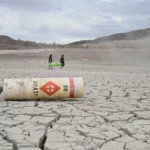

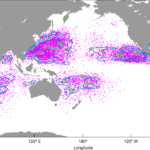


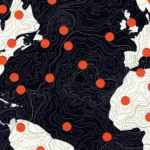
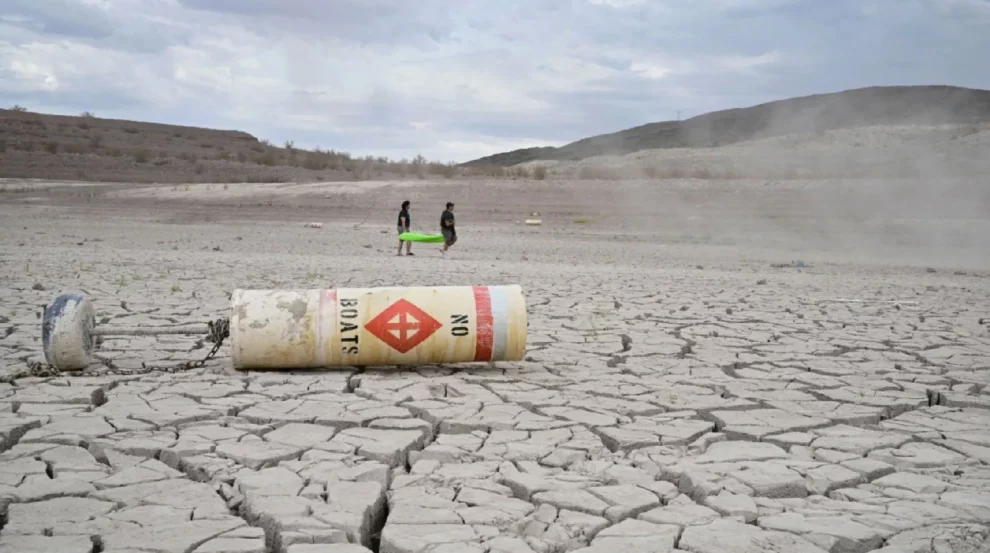
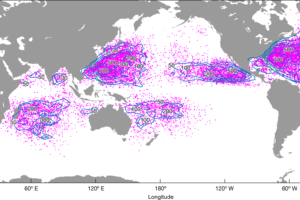
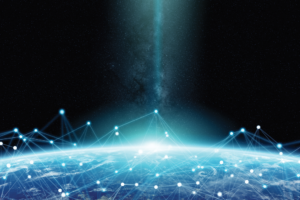
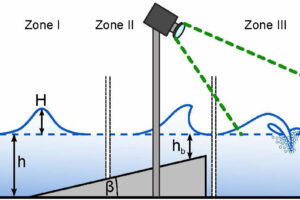
Add Comment